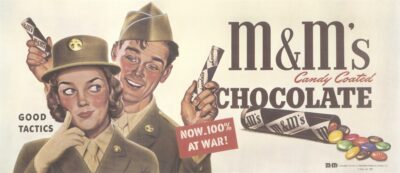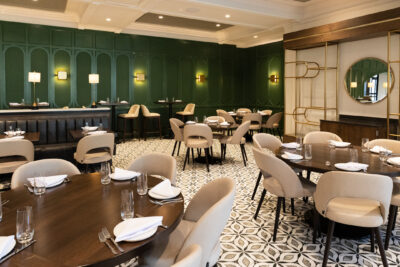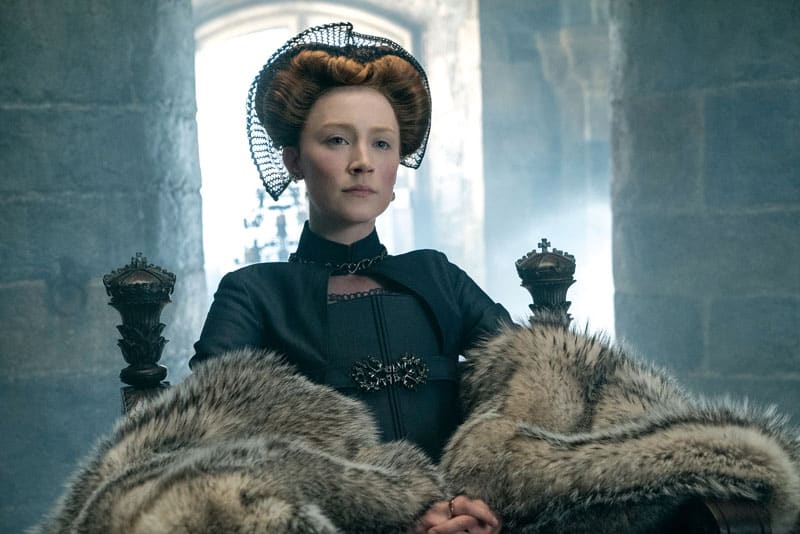
Mary Stuart is one of the most celebrated yet misunderstood figures in Scottish history.
The 16th century Scottish monarch’s tumultuous life included a brief reign that was roiled by intrigue and murder, ill-fated marriages, imprisonment and execution by order of her cousin, Elizabeth I of England. She has been the subject of numerous literary works, plays and films over the centuries. While renown for her beauty and charisma, Mary has been characterized in history as a femme fatale, a woman ruled by passion and not reason, whose lack of political skills led to her downfall.
The film Mary Queen of Scots, directed by Josie Rourke, with a screenplay by Beau Willimon (Netflix, House of Cards), and starring Saiorse Ronan as Mary and Margot Robbie as Queen Elizabeth I, recasts Mary’s image in history: not as an unstable emotional temptress, but as a strong-willed woman and a dynamic leader. The film reconsiders the difficult circumstances of Mary’s life, based on John Guy’s 2004 autobiography, The True Life of Mary Stuart Queen of Scots, whose in-depth research of original letters and historical documents from Scottish and English archives led him to conclude that Mary’s reputation had been tarnished in history.
Born Dec. 6, 1542 at Linlithgow Palace in Scotland, Mary, the only surviving legitimate child of James V of Scotland and his Mary of Guise, was only six days old at the time of her coronation. Almost 500 years since her death, Mary’s tragic life story continues to fascinate the public. The castles she lived in and the places she visited are top tourist attractions in Scotland.
“The story is incredibly vivid. It has what any story would want: execution, assassination, passion, betrayal and conspiracy. It is an amazing dramatic experience,” said Rourke, the artistic director of the renowned Donmar Warehouse Theatre in London. Mary Queen of Scots marks her directorial debut.
Rourke, who has been passionate about British history, the Tudor period, and Shakespeare since childhood, said she was invited by Working Title Films to talk about a Mary Queen of Scots project.
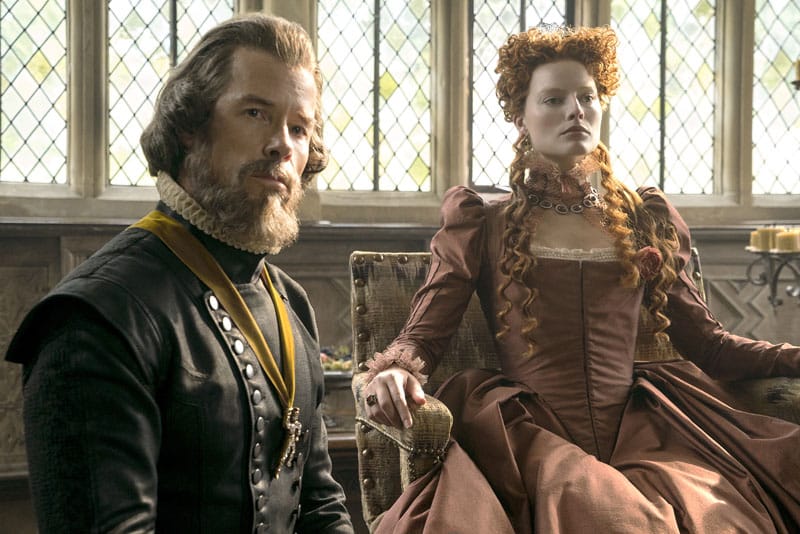
“I was really excited and started to read about her,” she said, adding that Guy takes Mary seriously as a woman and as a monarch. “I’m British—their history is my history. As part of my work on Shakespeare in the Stewart period, I have read a tremendous amount of history, contemporary accounts and letters.”
Rourke also noted that Guy described the film as a forensic story and rather than getting opinions, he went back to the original archives in England and Scotland. His book, according to Rourke, is based on original research that is based on actual source material.
The film opens the day of Mary’s execution on Feb. 8, 1587, at Fotheringhay Castle, in England, after Elizabeth has signed her death warrant for treason. The film then travels back in time to Mary’s triumphant return to Scotland in August 1561 to reclaim the Scottish throne, after the death of her first husband Francis II of France.
The film focuses on the troubled relationship between Mary and Elizabeth. A Catholic, Mary was considered the rightful heir to the English throne by many English Catholics, making her a threat to Elizabeth, who was Protestant. With no husband or child, Elizabeth is pressured to name an heir. Mary is determined that Elizabeth name her as her rightful heir, but scheming courtiers around Elizabeth—like her chief minister William Cecil (played by Guy Pearce)—start to plot against her.
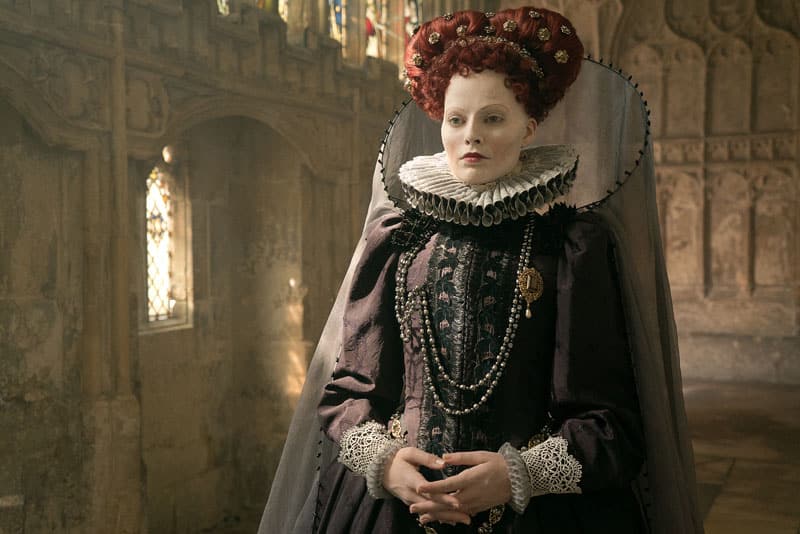
The characterization of Mary is inaccurate, says Rourke.
“It is much more nuanced than that. I believe Mary was a very effective politician; although she was not ultimately successful, she showed courage and political ability,” said Rourke. “The historical view of Mary is—that she was not able to rule because she was a woman.”
At the center of the film is an examination of the rivalry between Mary and Elizabeth, and the challenges they faced as women in power, in a society ruled by men. And while Mary Queen of Scots was filmed before the #MeToo movement, Rourke says that “#MeToo represents the chance to hear women’s voices we have not heard before.”
As a “woman filmmaker making a film with female characters,” Rourke sees the film as an opportunity to tell Mary’s story through a woman’s perspective.
The film is notable for its diverse casting, including Gemma Chan as Lady Bess of Hardwick, one of Elizabeth’s ladies-in-waiting, and Adrian Lester, as Thomas Randolph, Elizabeth’s diplomat to Scotland.
“Who gets to play these roles in the 21st century? It seems to me completely crazy with someone like Adrian Lester, an eminent Shakespearean actor, who played Hamlet on the British national stage, should not because he is a person of color and has not been able to represent a period over someone else,” said Rourke, who finds the response to the film’s depiction of homosexuality curious. “In the courts of Europe, men were open in relationships with men and other women. We know Lord Henry Darnley (Mary’s second husband, played by Jack Lowden), slept with men and women. David Rizzio (Mary’s private secretary, played by Ismael Cruz Cordova) slept with other men. Mary came from the French court, she was highly tolerant. This is factual about the time and is an accurate portrayal, not a modern reinvention.”
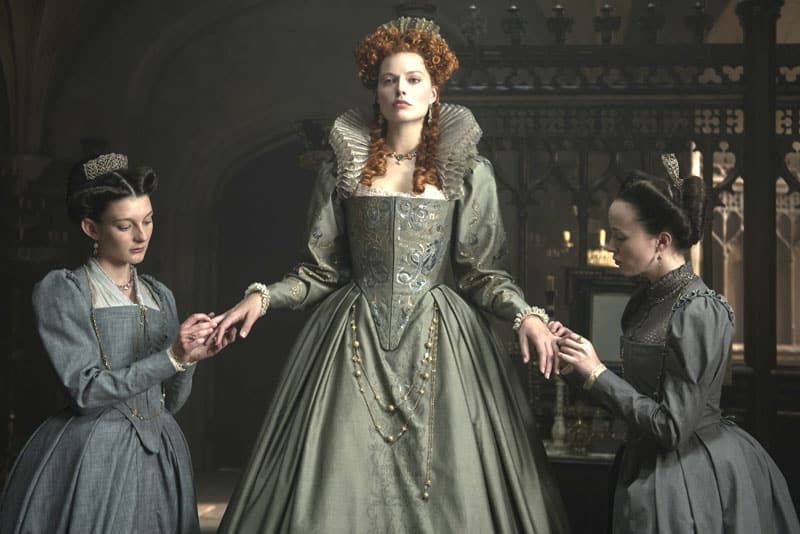
In the film, a crucial dramatic scene in which Mary and Elizabeth meet after Mary has been forced to abdicate her throne and has fled to England, actually never happened in real life.
“That scene is both brilliantly written and well-acted by these two women (Robbie and Ronan)” said Rourke. “I wanted to find a way to get to how they felt about each other in an extraordinary pivotal moment. The scene revealed the inevitability of both their need for each other, but how they were driven apart by the geopolitics. How much was at stake for them. It was an extraordinary portrait of the extreme of Mary’s suffering and Elizabeth’s pain at having to sign the warrant for Mary’s execution.”
Being among the minority of female filmmakers in Hollywood, Rourke admits that it has to change.
“We’re a handful of years from that being standard,” she said. “I am one of the few people able to do this. It is my responsibility to advocate, and I hope this movie will help.”
Mary Queen of Scots is nominated for Best Makeup and Hair as well as Best Costume Design for the upcoming 91st Academy Awards on Sunday, Feb. 24, on ABC.

